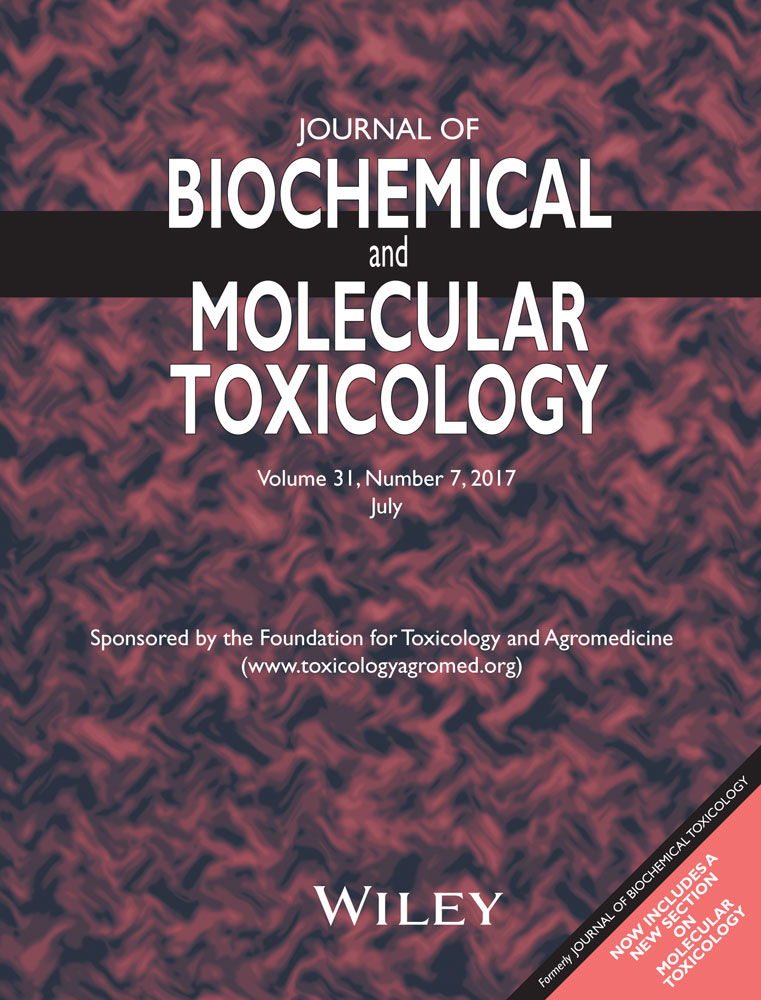Natural antioxidant flavonoids in formalin-induced mice paw inflammation; inhibition of mitochondrial sorbitol dehydrogenase activity
Abstract
Flavonoids have reported to cover interesting multiple pharmacological properties. This study evaluated the effect of apigenin or silymarin in paw inflammation induced by formalin in mice. Mice were divided into four groups: I: positive control group; II: apigenin, 3 mg/kg (i.p.); III: silymarin 50 mg/kg (p.o.); IV: meloxicam 10 mg/kg (p.o.), the reference drug. Therapies were administered once a day for 7 days. The curative effects were assessed on inflammatory, oxidative stress and neurotransmitter biomarkers, and apoptosis. Both flavonoids induced marked improvement in paw licking time, paw edema %, malondialdehyde content, superoxide dismutase, and sorbitol dehydrogenase activities, with slight progress in paw interlukin-1β. Additionally, silymarin augmented brain content of dopamine and norepinephrine. Furthermore, flavonoids induced marked decline in extent of apoptosis. So, the results spotlight on the good influence of apigenin or silymarin as anti-inflammatory, antioxidant, and antiapoptotic agents in formalin-induced mice paw inflammation to even a better extent than meloxicam.




